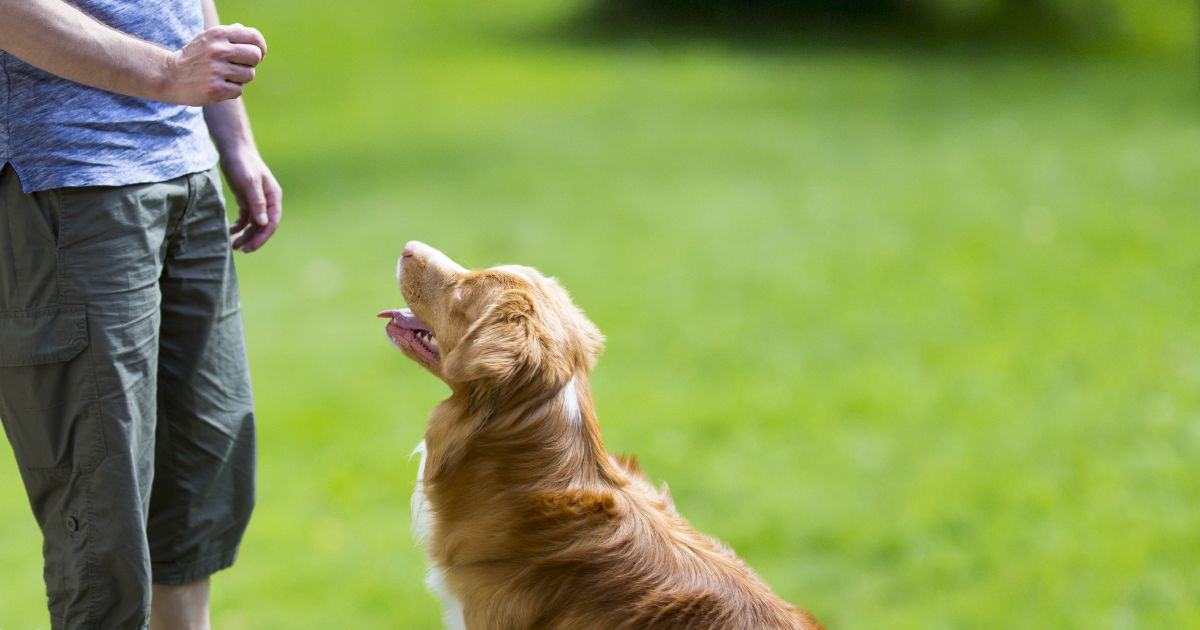
When we first start out clicker training, we tend to get very excited about the fact that we can teach the dog a new behavior in just a few clicks. Suddenly, we have a dog that sits, does a belly flop down, a spin, a paw wave, and six other things—but all at once. You’re hoping for a sit/stay, and the dog is running through his entire repertoire, trying to find something you’ll click.
All this means is that you haven’t named the behaviors yet. You haven’t added the cue, as we say. Here’s a unique, quick, and painless way to do that: work two opposite behaviors at once. For example, in your living room, after the dog has learned that sitting makes you click, and coming towards you makes you click, teach this lesson: You say sit, the dog sits, you click and treat. Step backward, bend over, and call the dog with the word “come”-the dog comes forward a step or two, click, treat. Step toward the dog, say “sit,” the dog sits, click, treat, step away from the dog, say “come.” After three or four rounds, stop moving forward and back and just use the words. (Toss the treat after the sit to get the dog far enough away from you to be able to “come.”) In three minutes, with twenty clicks or more and a steady stream of successes, you have two behaviors and two new cues for the price of one.
As for that frantic whirlwind of tricks, the dog is telling you that he has no cues for those behaviors yet. Add those cues at the rate of one or two per five-minute session. With each cue, it gets easier. Once a dog has acquired three cues for three behaviors and can respond to them confidently in new rooms and at different times, the dog will have the picture, and you’ll be able to “explain” subsequent new cues in just a few clicks.
See the concept of teaching opposite cues in action!
🎥Samantha Jan Jackson, KPA CTP, teaches Axl on and off
🎥Emily Lucas, KPA CTP, teaches Biscuit forward and backward
Note: This article was originally published on 07/01/2004 and last reviewed on 02/04/2025. We regularly review our content to ensure that the principles and techniques remain valuable and relevant. However, best practices continue to evolve. If you notice anything that may need updating, please feel free to contact us at editor@clickertraining.com.
Learn With Us!
Foundation Behaviors: A Practical Perspective
Behavior Management
Cat Training
Dog Training
Ken Ramirez's Letters
Skill Development
Teaching Others
Training All Species
The Jackpot Mystique: Tool or Trainer Superstition?
Cat Training
Dog Training
Ken Ramirez's Letters
Science
Skill Development
Teaching Others
Training All Species

